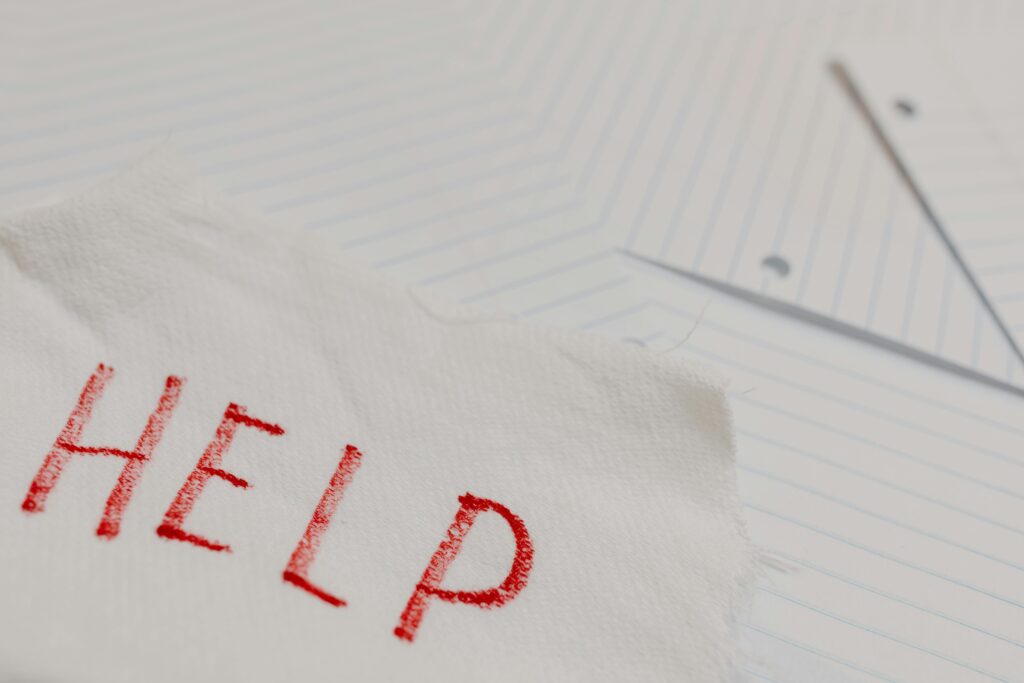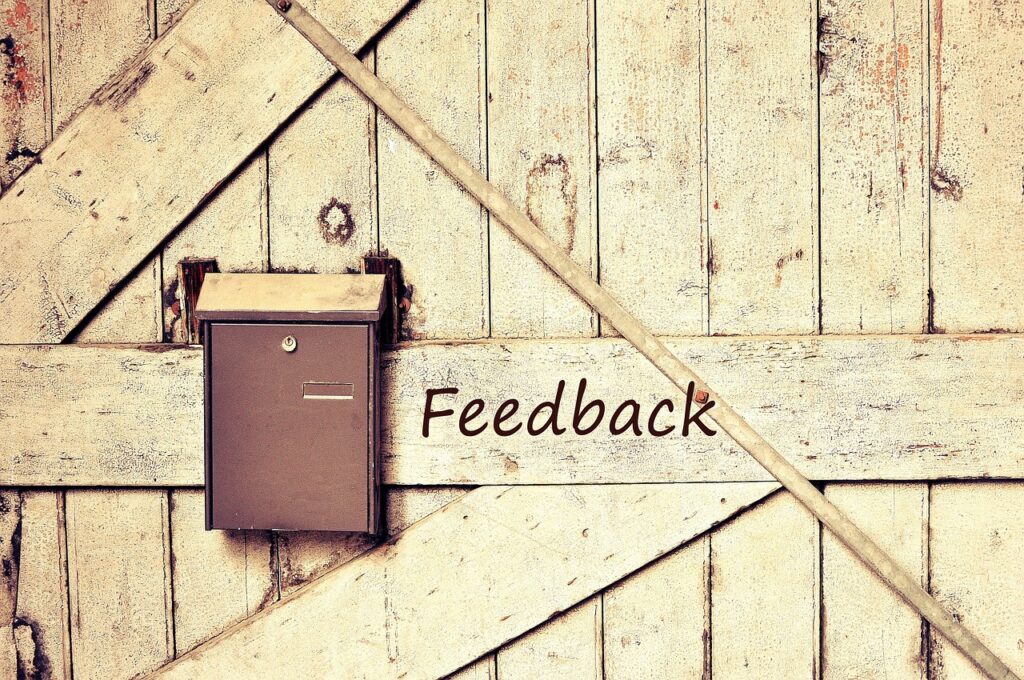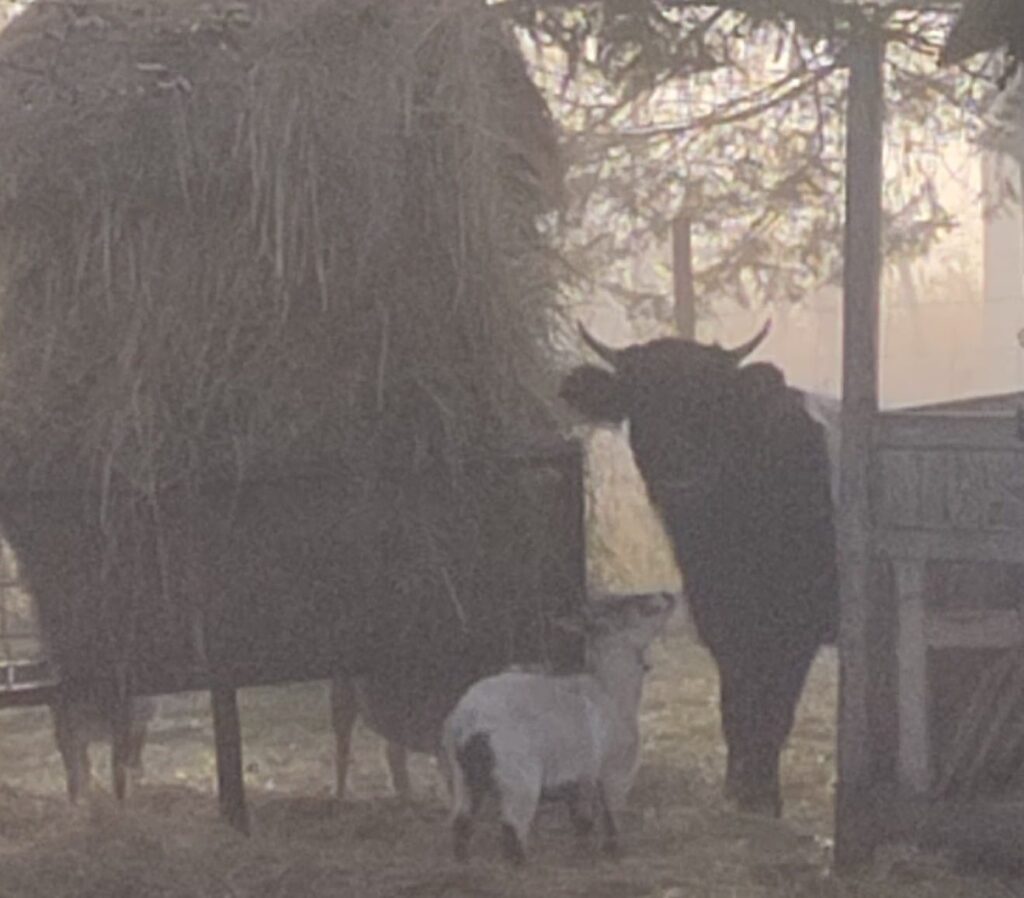So, you want to write a book. Maybe you’ve had an idea buzzing around your head for years, or maybe you woke up this morning with a wild urge to finally put pen to paper (or fingers to keyboard). Either way, congratulations! You’re about to embark on a journey that’s equal parts thrilling, terrifying, and downright magical. Writing a book isn’t just about telling a story—it’s about discovering your voice, battling your doubts, and surprising yourself along the way.

Whether you’re writing the next great novel, a memoir from the heart, or a self-help book that could change lives, here’s what the rollercoaster ride of writing a book really looks like—and how to survive it with your sanity (mostly) intact.
Step 1: The Idea Avalanche (a.k.a. “This Is Brilliant!”)
It all starts with an idea—the spark that makes your heart race and your brain start plotting before you’ve even opened a document. Maybe it’s a character who won’t leave you alone or a story you wish already existed. This stage feels amazing. You’re ready to write the whole thing right now.
Pro Tip: Don’t rush past this excitement! Grab a notebook or open a digital file and start brain-dumping every idea that comes to you. No editing. No judgment. Just raw, creative chaos. The more ideas you gather, the better foundation you’ll have when you’re ready to outline (or pants it—more on that later).
Step 2: The Outline… or the “Just Wing It” Approach
Writers tend to fall into two camps:
- Plotters: The meticulous planners who map out every chapter, twist, and character arc before they write a single sentence.
- Pantsers: The free spirits who dive straight in, letting the story unfold naturally. (“Pantsers” = flying by the seat of their pants.)
Neither method is wrong. What matters is finding the approach that keeps your creativity flowing without overwhelming you. If you’re new, try a loose outline—a roadmap with room for detours. Personally? I like to know the beginning, a few major turning points, and the end. Everything in between? I let the characters show me the way.

Step 3: The First Draft—A Beautiful, Glorious Mess
Welcome to the hardest—and most important—part: actually writing the thing. The first draft is where many dreams go to die because, let’s be honest, it’s messy. Your characters will go off-script, your plot will twist in ways you didn’t expect, and some days you’ll swear you’ve forgotten how to write a complete sentence.
But here’s the secret: The first draft is supposed to be bad. That’s its entire job. Your mission is to get the story out of your head and onto the page—not to make it perfect. You can’t revise a blank page, but you can shape and polish a messy one.
Pro Tip: Set small, manageable goals. 500 words a day? Great! 10 minutes of writing every morning? Perfect! Just keep going. Momentum is everything.

Step 4: The Emotional Rollercoaster (a.k.a. “Who Let Me Do This?”)
Somewhere around the middle of the book (often dubbed “the murky middle”), you’ll hit a wall. The excitement fades, the plot feels like a disaster, and you’ll be 100% convinced that you’re the worst writer on the planet.
This, my friend, is completely normal. Every writer goes through it. The only way out is through. When in doubt, remind yourself that you don’t have to fix everything now—just finish. Because on the other side of this mess? Pure magic.

Step 5: The Joy (and Terror) of Editing
You’ve typed “The End.” You’ve done the impossible! Now comes the part where you tear your book apart and put it back together—stronger, shinier, better.
Editing is where your story truly takes shape. You’ll cut scenes that don’t serve the plot (yes, it hurts, but be ruthless), fix clunky dialogue, and ensure your characters feel real. You’ll also catch all those typos you swore weren’t there.
Pro Tip: Take a break before diving into edits. Stepping away for a week (or more) gives you fresh eyes and makes it easier to spot what’s working—and what isn’t.
Step 6: Sharing Your Baby (a.k.a. Beta Readers & Feedback)
Now comes the scariest part: letting someone else read your book. Choose beta readers you trust—people who will be honest but kind. Their feedback will help you see your story from a reader’s perspective and catch issues you didn’t notice.
Brace yourself—criticism stings, but it’s also a gift. Every piece of feedback, whether you use it or not, helps you grow as a writer.

Step 7: Celebrate (Because You Wrote a Freaking Book!)
Whether you’re aiming for traditional publishing or self-publishing, take a moment to celebrate. You did it! You turned an idea into a book—something most people dream of but never finish. You’ve created something entirely new, something that didn’t exist before you brought it to life. That’s pretty magical, don’t you think?
Final Thoughts: Why You Should Write That Book
Writing a book isn’t easy, but it is worth it. It’s a journey that teaches you about creativity, discipline, resilience, and joy. You’ll surprise yourself, frustrate yourself, and—more than anything—find yourself in the process.
So, if you’ve got a story inside you, don’t wait. Start today. Your book doesn’t have to be perfect; it just has to be written. And who knows? Someday, your words might be exactly what someone else needs to read.
Now go write that book—you’ve got this.
Happy Writing!!
BrambleBelle



